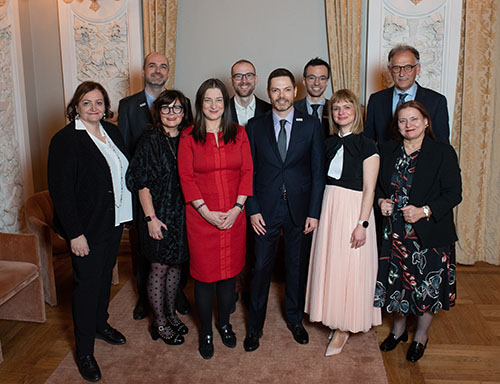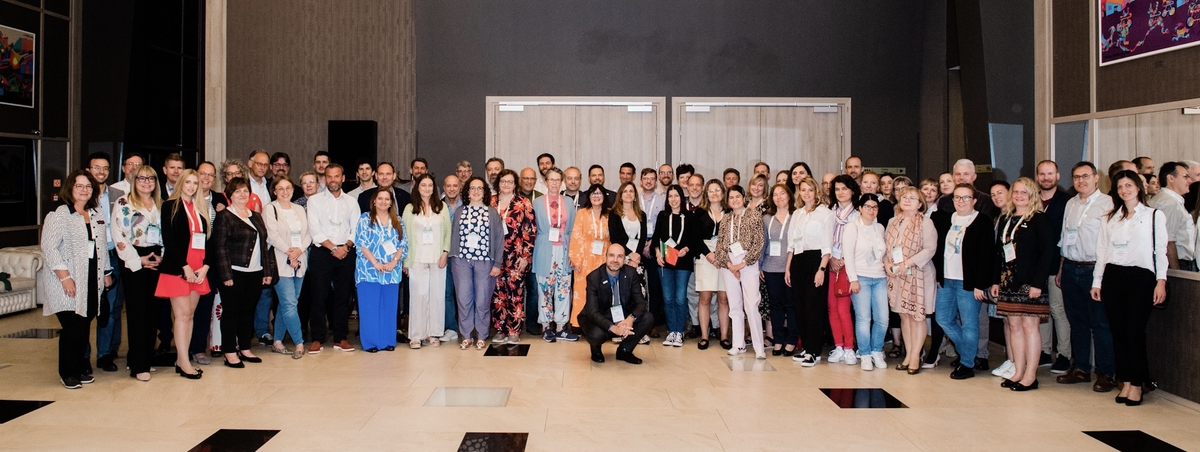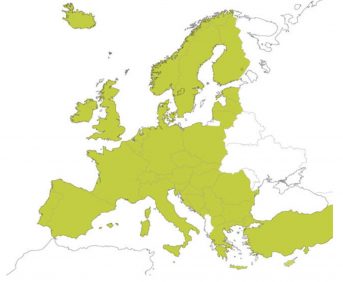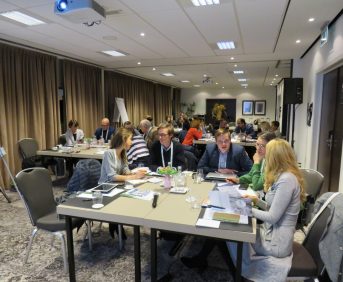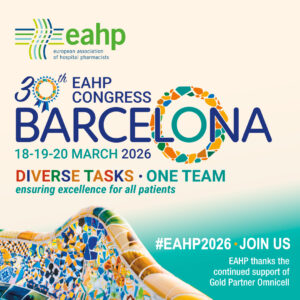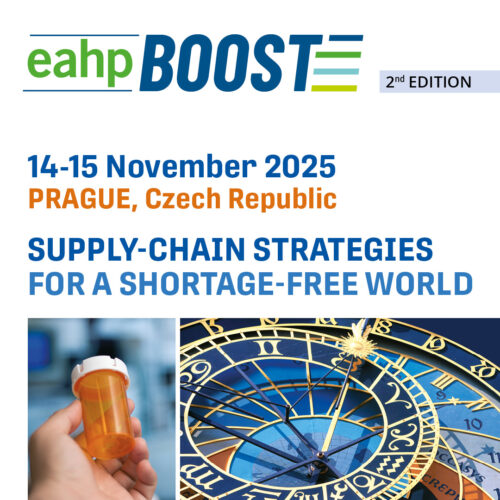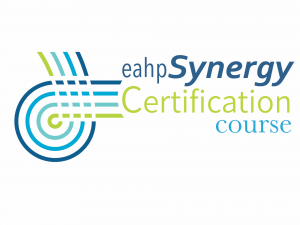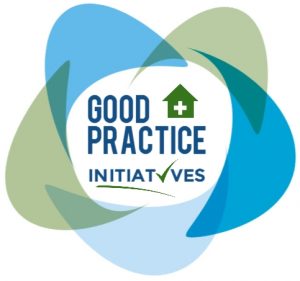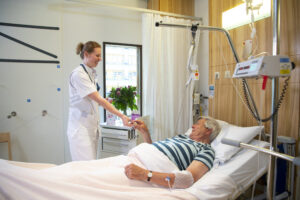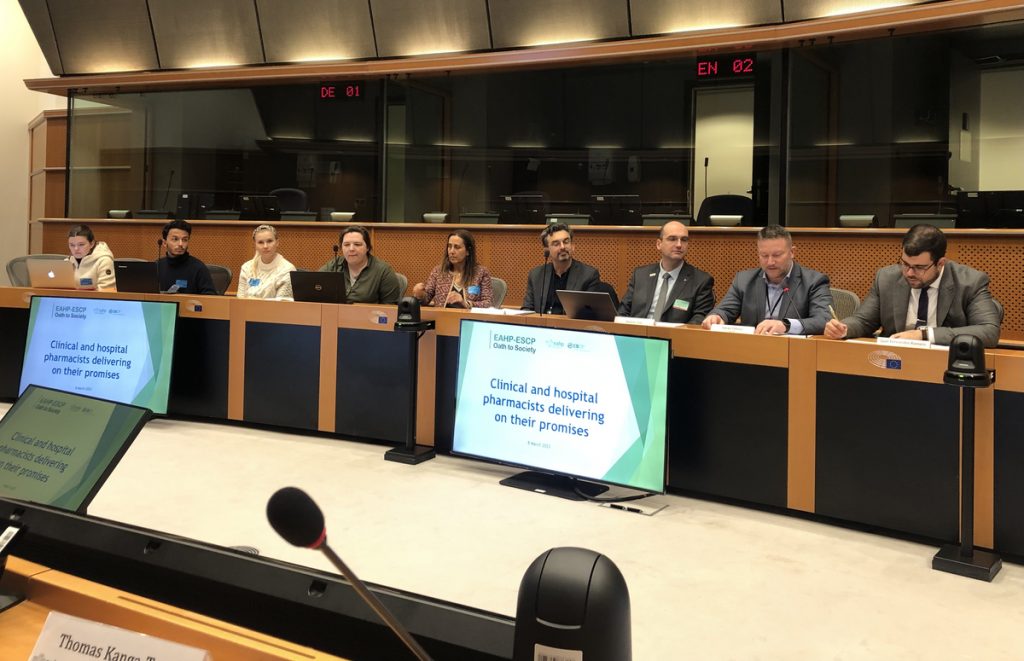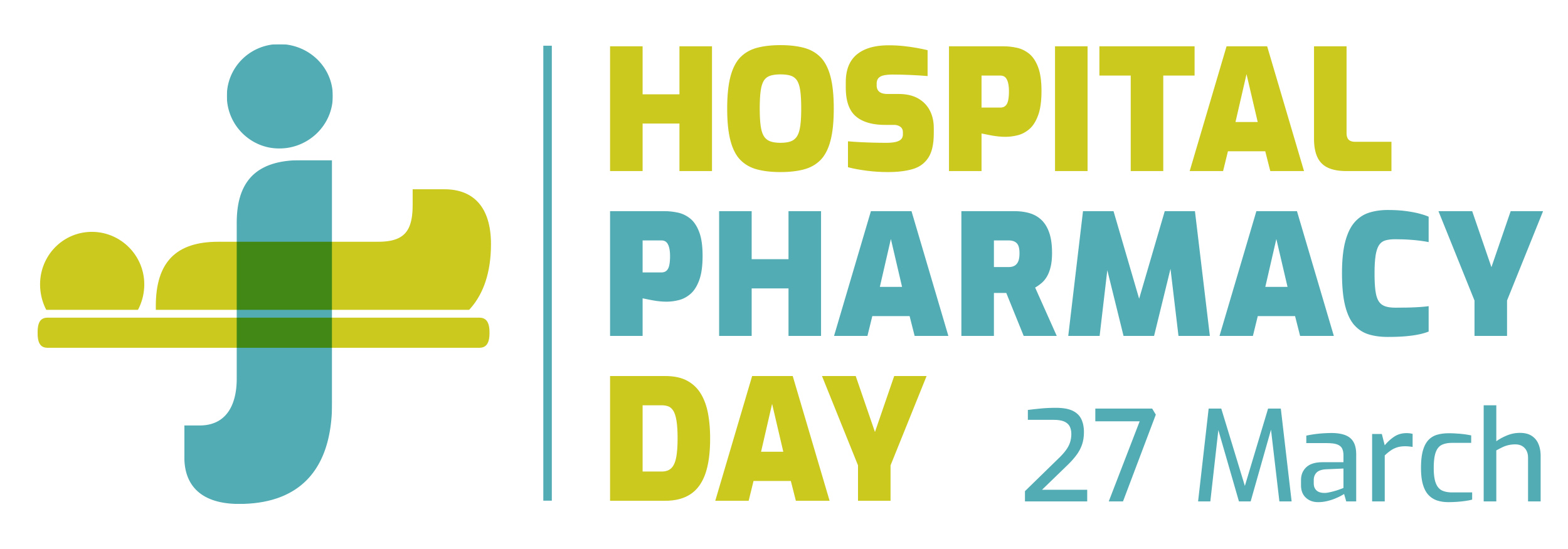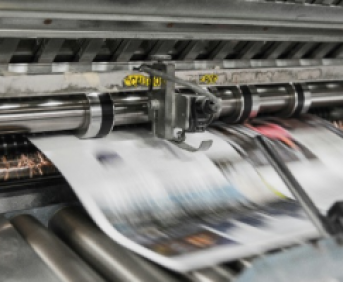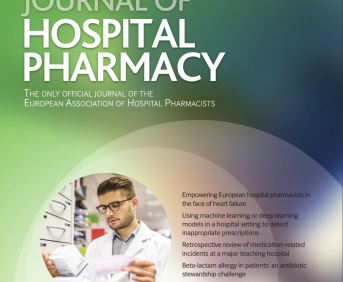EVALUATION AND DECISION-MAKING RELATED TO QUALITY AND WORKLOAD ASSESSMENT OF PARENTERAL NUTRITION COMPOUNDING
Pdf

European Statement
Patient Safety and Quality Assurance
Author(s)
Jorge Esquivel Negrín, Amara Magdalena Pérez, Josephine Peña Hernández, Jenifer González Chávez, Carmen Lidia Díaz Díaz, Silvia González Suárez, Alba Domínguez Hernández, Jaime Muñoz Manrique, Esther González Carrillo, Pilar Díaz Ruiz
Why was it done?
PN is a high-risk preparation that carries a significant risk of iatrogenesis, making it essential for staff responsible for its prescription, validation, and preparation to be well-trained, and for a reliable quality assurance plan to be in place. Monthly quality indicators include errors by pharmacists during transcription to nutrition software, errors by technicians in tray preparation, and nursing errors during PN preparation. Acceptable monthly error thresholds were set at 2 for transcription, 25 for tray preparation, and 6 for sterile PN preparation. Additional activity indicators, such as the number of PN preparations per month, episode duration, and reasons for suspension, were also analyzed.
What was done?
A training program centered on audiovisual resources related to parenteral nutrition (PN) procedures was implemented in a tertiary hospital after a quality assessment within the PN department revealed a decline in certain indicators between 2020 and 2022. A shared folder with video tutorials covering various processes was made available to pharmacy staff, mainly intended for nursing staff and pharmacy technicians, who typically have high turnover rates between departments.
How was it done?
The indicators showed a steady increase in PN preparations, rising from 411±74 per month in 2020 to 475±51 in 2023, with a record of 634 preparations in March 2024. Notably, 18.1% of episodes in 2023 lasted over two weeks, partly due to the underutilization of home PN and a lack of hospital beds despite increased outpatient activity. Errors in tray preparation increased from 2020 to 2022, peaking in 2021. This coincided with high staff turnover and an increased workload. In response, the implementation of video tutorial training for rotating staff was introduced in 2022.
What has been achieved?
This initiative reduced tray preparation errors, which decreased to an average of 12±4.9 between January 2023 and March 2024.
What next?
These measures could be adapted and implemented in other departments within the pharmacy service. Regarding PN, we are now aiming to optimize the workload by promoting home PN, and implementing semi-automated systems such as barcodes and gravimetric control, which are also recommended to improve safety and traceability.
DEVELOPMENT AND IMPLEMENTATION OF A POST-AUDIT IMPROVEMENT PLAN IN A PARENTERAL NUTRITION PRODUCTION UNIT
Pdf

European Statement
Production and Compounding
Author(s)
F. Gaume, A. Ifrah, S. Vrignaud
Why was it done?
In 2023, an evaluation of professional practices (EPP) targeting the risk of microbiological contamination was carried out in our parenteral nutrition production unit. This EPP took the form of an internal observational practice audit and revealed several non-conformities (compliance with disinfectant exposure time, identification of right times for change gloves and performance of surface sampling) requiring the implementation of a structured and collaborative improvement plan.
What was done?
From January to October 2024, an improvement plan in 3 phases has been performed.
How was it done?
Phase 1 – Audit results: Presentation to unit technicians by pharmacists, followed by a discussion session.
Phase 2 – Development of improvement actions: Brainstorming sessions with the team to generate ideas for corrective actions / Evaluation of proposals collected according to 6 criteria (speed, relevance, feasibility, motivation, safety and cost) using an impact matrix / Creation of a structured action plan based on the selected proposals.
Phase 3 – Implementation of actions: Creation of working groups / Monitoring of the improvement process / Development of a plan to assess the effectiveness of actions.
What has been achieved?
Phase 1 – Audit results presentation: 2 sessions were held in January 2024 with the 13 technicians of the unit. The discussions allowed us to discuss the non-conformities observed during the audit and ensured understanding of the challenges identified.
Phase 2 – Development of improvement actions: 2 sessions were held in March 2024 /10 improvement actions were listed and evaluated. 4 actions were considered as priority, 4 as recommended and 2 as non-priority / Setting up of a Gantt chart to give an overview of the actions to be carried out, their estimated duration and deadlines.
Phase 3 – Implementation of actions: implementation of the 4 priority actions and the 4 recommended actions / Creation of a quality document concerning glove changes and modification of 8 quality documents / Consideration of ways of evaluating actions: quick audit, questionnaire, etc.
What next?
As a follow-up to this work, a questionnaire will be prepared for the technicians to assess the overall approach. A quick audit focusing on glove changes will be introduced soon to assess the impact of the improvement plan.
IMPLEMENTING NEW CHEMOTHERAPY COMPOUNDING WORKFLOW USING SEQUENTIAL PDSA CYCLES TO INCREASE PRODUCTION CAPACITY, REDUCE WAITING TIME, IMPROVE RESOURCES UTILIZATION, AND MINIMIZE THE RISK OF ERRORS
Pdf

European Statement
Production and Compounding
Author(s)
A Elsheashaey, A Elshishiny, A Orabi, A Almutairi, A Aboulwafa, H Alobaid, F Dashti, D Saeed, R Yassin, M Salama
Why was it done?
Kuwait Cancer Control Center (KCCC) is the only oncology hospital in Kuwait. Chemotherapy Preparation Unit (CTPU) was unable to meet the increased orders; causing delivery delay and more patients’ waiting time. Moreover; rework and more waste due to defective and faulty processes of current workflow resulting in frequent incident reports of wrong final products dispatched.
What was done?
Shifting to a systematic multi-step production workflow to increase compounding capacity, minimize risk of errors, reduce processing time, and maximize utilization of integrated technological resources.
How was it done?
Using multiple PDSA cycles, a comprehensive educational and practical training was conducted, proceeded by staff rotation with newly trained team. Every three weeks a new pharmacist trained and assigned to CTPU. Raw materials stores were rearranged for better accessibility and diminishing unnecessary staff movement. A staging step as the first independent double-check before the start of compounding, and for assembly of raw materials and supplies required for compounding. A verification Step as the second independent double-check upon compounding, using bar-code scanners, touchscreens and cross-checking with the chemotherapy order to assure the quality and integrity of the finished product. Production workload were restructured over three parallel line of manual stations and one automated preparation unit. Pharmacy Information System (PIS) screens were customized to give a first and second audio-visual alarms after 30 and 45 minutes of transcription time respectively. Chemotherapy sessions appointment system were established to assess the daily chemotherapy compounding needs from CTPU in advance with an incremental increase of production capacity to reach 100~120 patients/day or 180~200 preparations/day.
What has been achieved?
Number of preparation compounded by CTPU was increase by 8%, where more than 43% of preparations were validated to release in less than 30 minutes and approximately 88% of preparations were delivered in less than 45 minutes. Number of preparation by automation was increased by 82%, Furthermore, all production incidences has been completely eliminated after full implementation of final verification and validation step.
What next?
The new workflow has increase the workload capacity with less production errors and zero incident reports. Patient experience was improved by comparable preparation time to other international Pharmacy Workload Unit and average time required per patient visit.
